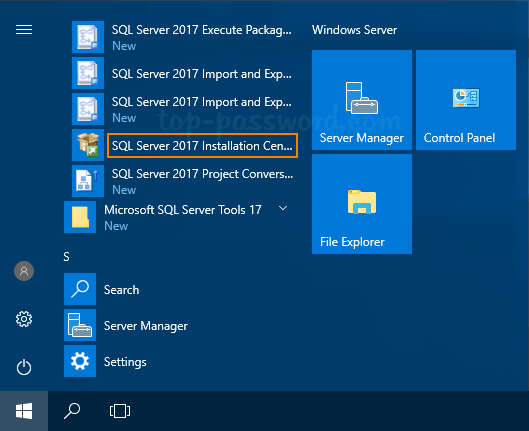
There might be many questions in your mind. To achieve this, a Partition Function and a Partition Scheme is defined. It should be noted that these ranges are non-overlapping. These ranges are based on a particular column this is called the Partition Key. There are actually rules defined for ranges of data to fill a particular partition. Now you must be wondering what would be the criterion that a specific row would be saved in a particular partition.

Simply saying, when we partition a table, we define on which portion of a table a particular row will be stored. partitions, which are not supported currently in SQL Server. The other partitioning types are reference, hash, list etc. This the partitioning strategy in which data is partitioned based on the range that the value of a particular field falls in. More specifically I should say 'Horizontal Range Partitions'. SQL Server only supports one type of partitioning, which is Range Partitions. This feature is further improved upon in SQL Server 2008.

Now after 2005, your tables and indexes can also be partitioned.

A developer had to create different tables having same schema and use these tables through a UNION operation in a view. There has been a long history, in SQL Server, as this feature has evolved. When you query the table looking for data in a single partition, or just a few, then due to the presence of these different subsets, you should receive a quicker response from the server. All the rows are not directly stored in the table, but they are distributed in different partitions of this table. It works by having more than one subset of data for the same table. Partitioning is a feature designed to improve the performance of queries made against a very large table. This feature was first made available in SQL Server 2005, and today I will discuss what partitioning is.

This is the question I asked my friend and I was amazed to find out he, along with many people, wasn't aware of this feature of SQL Server. Why don't you partition your table if you have millions of rows and get complaints about the degradation of performance?


 0 kommentar(er)
0 kommentar(er)
